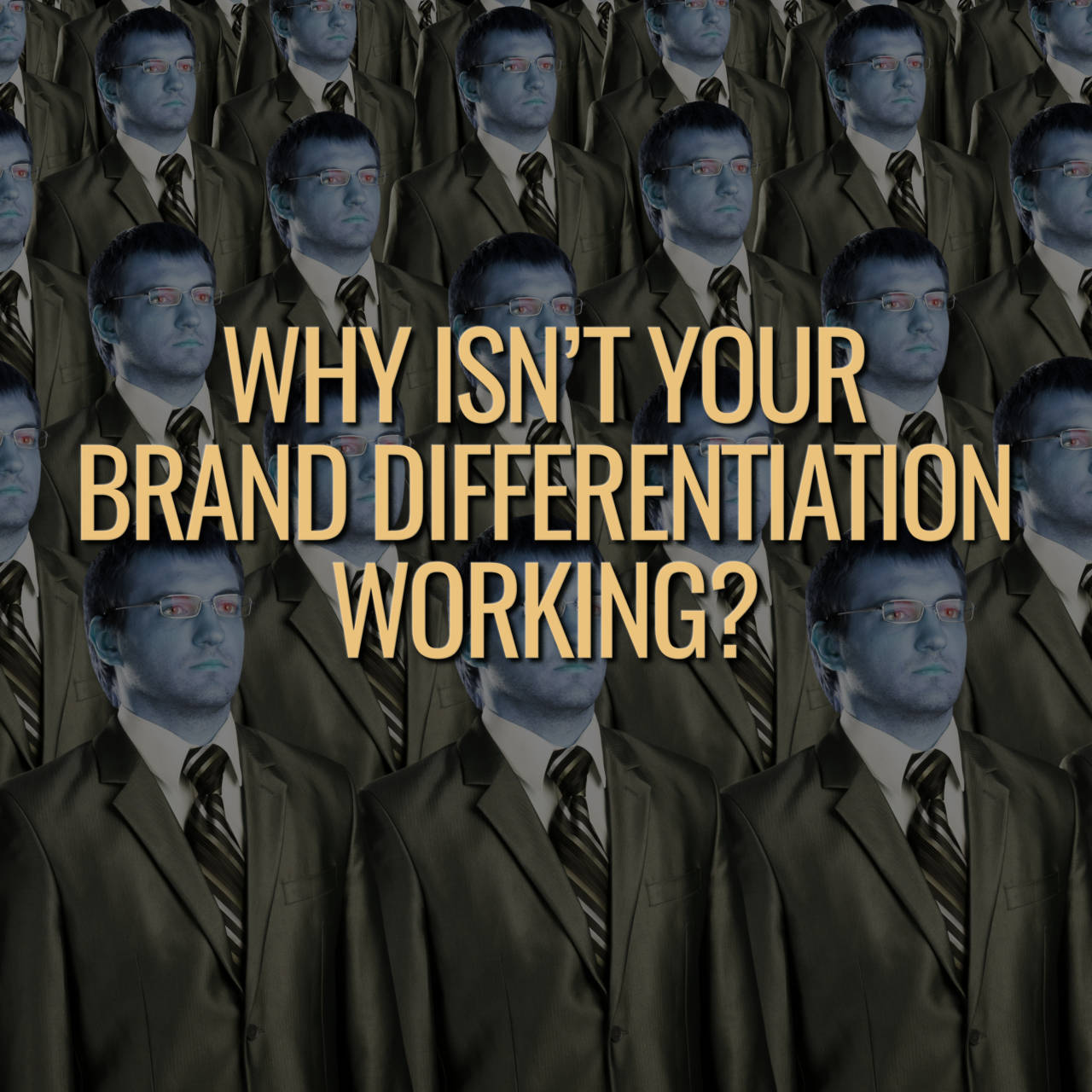The art of differentiation is at the core of branding and brand differentiation itself.
“In a crowded marketplace, fitting in is a failure. In a busy marketplace, not standing out is the same as being invisible.” Seth Godin
The ultimate form of brand differentiation is being seen as “the only option” that provides your guests, your customers, and your admirers an exact, identifiable collection of deliverables and benefits.
This factor of differentiation is what I tackle in this week’s One Minute Wednesday.
So, Why is Brand Differentiation So Hard?
It’s possible your idea of “differentiation” is so subtle, and so overinflated in its importance, that your “differentiation points” are really little incremental changes, and not really differentiation at all.
Or it’s the kind of differences that nobody actually gives a damn about.
But there’s one commonly overlooked reason: truly understanding your competition has a goal that’s 180 degrees opposite of yours. A fact you need to embrace and overcome. That goal?
To keep everything appearing the same, to minimize any perceived differences, and to eliminate any clear benefits and distinctions.
Similarities and commonalities are your competitions’ ally—a weapon against you and your goal for being seen and staying relevant.
Differences are the enemy of your competitions’ growth. The more consumers believe “there aren’t any real differences, and that any differences are really propaganda,” the happier your competition is so they can compete on other levels than an actual value, namely price.
Your Tools of Differentiation
What are the tools of differentiation?
They are many but here is a quick checklist:
- Language
- Color
- Design
- Typography
- Imagery
- User experience (online or in-store)
- Culture and customer service (our consumer experience with personnel)
- Innovation
- Proactive actions (versus reactive measures)
You can master this, only if you understand what you’re up against:
Your competitions’ goal for you to blend in, be seen as a commodity and “be invisible” as Seth Godin stated at the start of this article.



